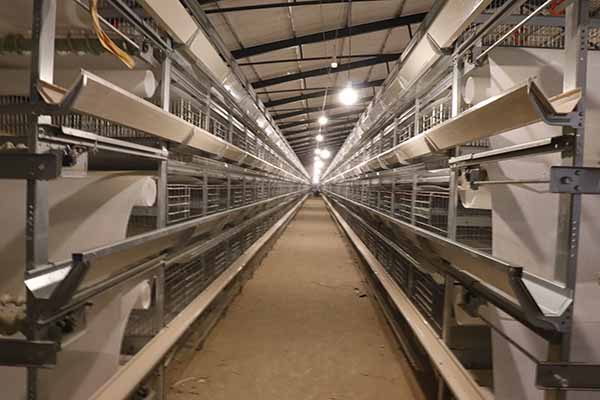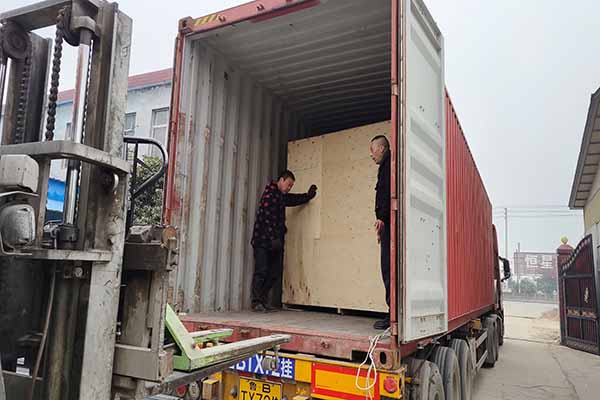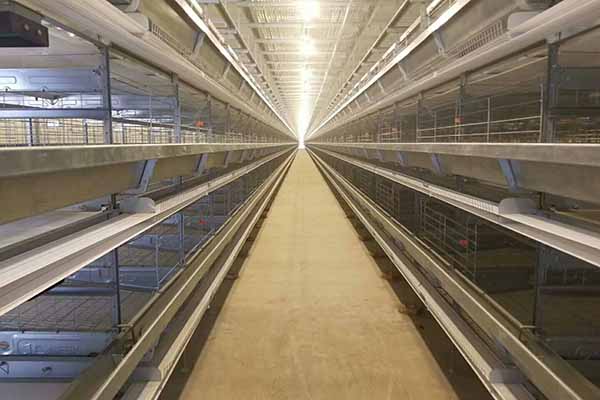Optimizing Equipment Maintenance Cycle in Uganda Chicken Farming: A Comprehensive Guide
Time : 2025-06-28
Chicken farming in Uganda has seen significant growth over the years, contributing to the country’s agriculture sector and food security. To ensure efficient and productive chicken farming operations, the proper maintenance of farming equipment is crucial. This article delves into the intricacies of the equipment maintenance cycle specific to chicken farming in Uganda, providing insights on how to optimize the process for maximum efficiency and output.
Introduction to Chicken Farming Equipment in Uganda
The equipment used in chicken farming in Uganda varies from basic to advanced machinery. This includes feeders, waterers, incubators, ventilators, and more. Each piece of equipment plays a vital role in the production cycle, from egg production to the processing of chickens for meat. Maintaining this equipment regularly is essential to prevent breakdowns and ensure a healthy flock.

Understanding the Equipment Maintenance Cycle
The equipment maintenance cycle in chicken farming can be divided into several stages: planning, inspection, corrective action, and preventive maintenance. Each stage is crucial for ensuring the longevity and performance of the equipment.
1. Planning
Effective planning starts with understanding the specific needs of the chicken farming operation. This includes identifying all the equipment used, determining the frequency of mai ntenance tasks, and setting a realistic budget. Planning also involves training the staff on proper maintenance procedures.
ntenance tasks, and setting a realistic budget. Planning also involves training the staff on proper maintenance procedures.
2. Inspection
Regular inspections of the equipment are essential to identify any signs of wear and tear, or potential issues that could lead to breakdowns. In Uganda, environmental factors such as dust, humidity, and extreme temperatures can accelerate equipment degradation. Inspections should be conducted by trained professionals at least monthly.
3. Corrective Action
In case of any equipment malfunction, immediate corrective action is required. This may involve repairing or replacing parts. It’s important to have a readily available inventory of spare parts to minimize downtime. Corrective actions should be documented to help identify patterns and prevent future issues.
4. Preventive Maintenance
Preventive maintenance is key to avoiding costly repairs and extending the lifespan of the equipment. This involves routine tasks such as oil changes, filter replacements, and alignment adjustments. In Uganda, manufacturers often provide recommended maintenance schedules for their equipment, which should be adhered to.
Best Practices for Equipment Maintenance in Uganda Chicken Farming
Implementing best practices in equipment maintenance can significantly improve efficiency and productivity. Here are some recommendations:
1. Record Keeping
Maintaining deta iled records of maintenance activities is crucial. This helps in tracking equipment performance, identifying trends, and planning future maintenance. In Uganda, it’s also important to keep records for compliance with regulatory requirements.
iled records of maintenance activities is crucial. This helps in tracking equipment performance, identifying trends, and planning future maintenance. In Uganda, it’s also important to keep records for compliance with regulatory requirements.
2. Staff Training
<p-Trained staff are essential for effective equipment maintenance. Workers should be knowledgeable about the specific equipment they are handling and understand the importance of maintenance. In Uganda, consider organizing regular training sessions to update staff on the latest maintenance techniques and practices.
3. Supplier Collaboration
<p-Building a strong relationship with equipment suppliers can be beneficial. They can provide guidance on maintenance schedules, offer technical support, and assist with troubleshooting. Suppliers may also be able to recommend spare parts and replacement equipment that are well-suited for the local conditions in Uganda.
4. Use of Technology
<p-Integrating technology into the maintenance process can enhance efficiency and accuracy. Consider using maintenance management software to track equipment usage, schedule maintenance tasks, and generate reports. In Uganda, this may also help in complying with regulations more effectively.
Conclusion
Equipment maintenance is a critical aspect of successful chicken farming in Uganda. By understanding the maintenance cycle and implementing best practices, farmers can ensure their equipment remains in optimal condition, leading to increased productivity and profitability. Regular inspections, planning, and the use of technology can all contribute to a well-maintained equipment fleet that supports a thriving chicken farming operation.
, , , , , ,











